We assure you don’t want to deprive your taste buds of these appetizing finds and hope you discover these new products to develop your own food style.
Sava; A True Journey In, Through and Around Local Food
Once upon a time, there were some local foodstuffs came from the farm and consumed in small local markets, but may be less familiar or unknown to many other people. We started to explore those that deserve more appreciation and help producers expand their markets. We are blessed with an enticing array of all original local products to do so.
Local story narrated
Every product has its story, what matters how it is narrated. The story is attached to the customs, culture and tradition of all enthusiastic farmers. So, we respect the ingredient’s heritage and have a chance to share passionately that story to you. This is an authentic and pleasant experience!
Health and safe
We ensure you that Sava’s products are healthy and safe. So, we make them a high priority from farm to table. Every product we offer is sustainably grown. We guarantee they don’t contain preservatives, artificial colors, concentrates or added sugars.
Must-try Souvenirs
When traveling around Iran, you are interested in discovering more about Persian food and drinks. Sava offers you some tasty flavors with tempting looks. Believe it, they are wonderful gifts and must-taste souvenirs from your trip. They remind you of an amazing trip.
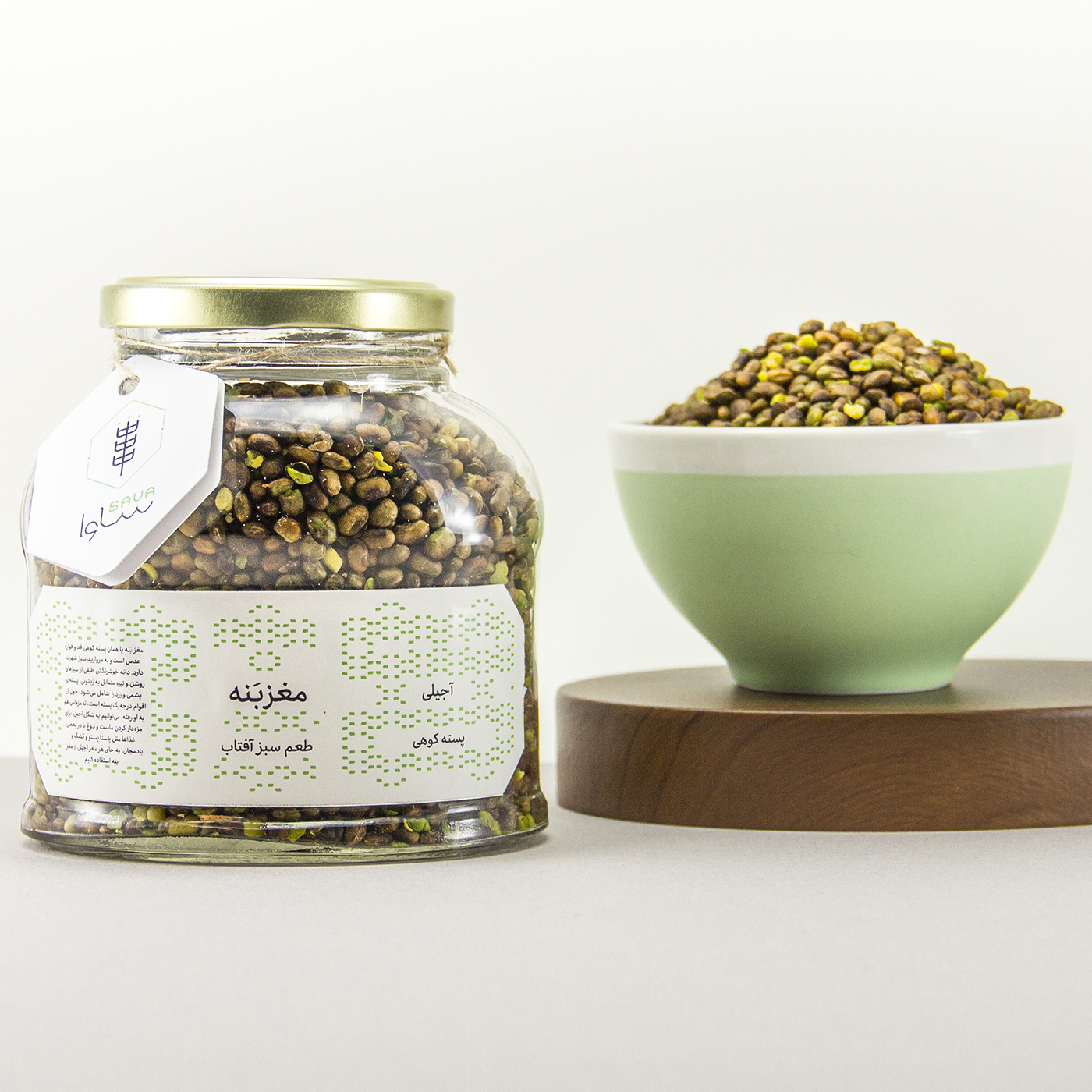
Baneh
The Palatable Gem!
Wild pistachio or baneh is a seed native to Zagros area of Iran and known for its pleasant and interesting flavor. The fruit contains green hull, wooden hard shell and a greenish kernel which are separated and dried in the sun. Baneh is as small as lentil but the taste goes to pistachio which is probably familiar to most people.
Sava’s baneh, at first, is appealing to the eye and then tempting to the taste. When you eat you feel funny flavor in your mouth. The nutty and jungle seeds amuse you for a while. In fact, they are too easy to eat endlessly.
If you are fan of nuts, especially pistachio, then now is the time to give it a shot. We make you sure that the flavor and texture of Sava’s baneh cherishes your taste.
[more-info]
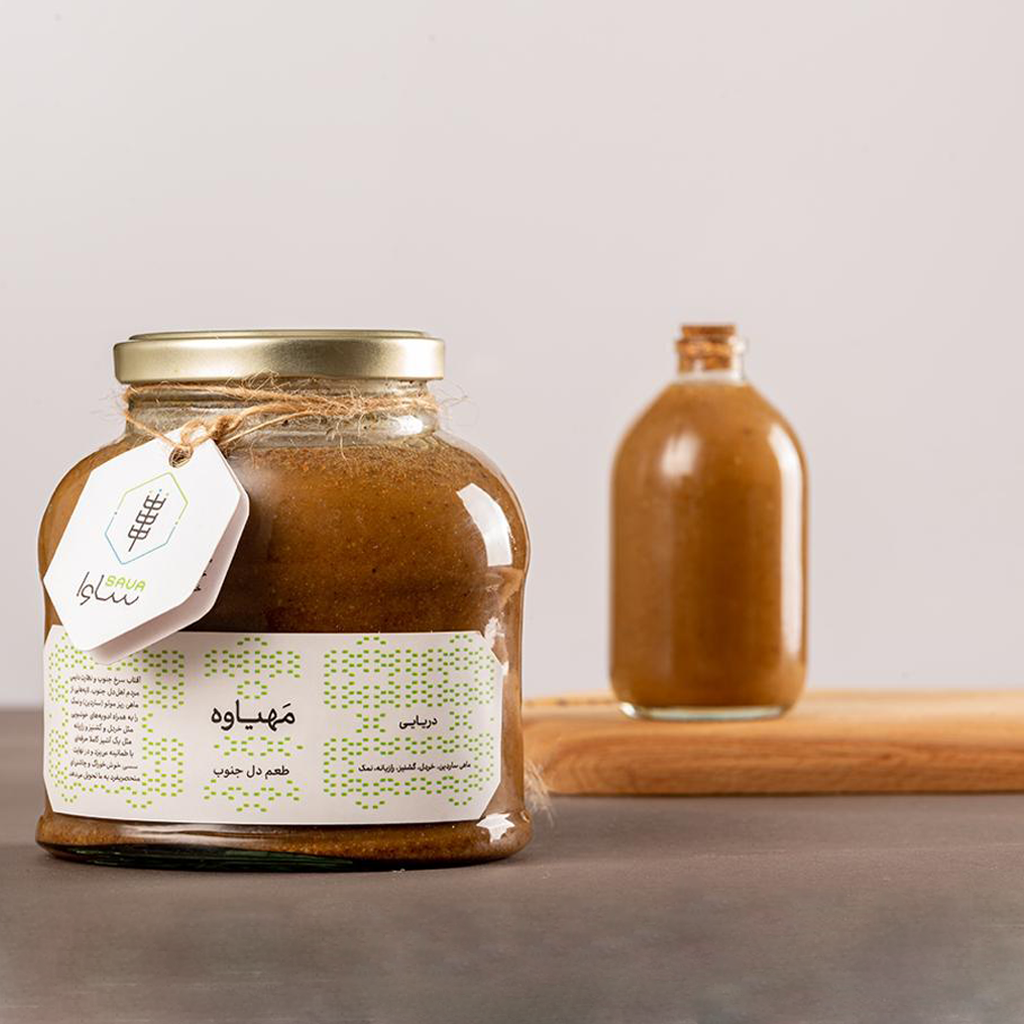
Mahyawa
What an Umami Marvel!
Mahyawa, also called Mahve is a special umami marvel originating from the southern regions of Iran where sunshine dominates the area.
Some foods have a formula and must be cared for very carefully. Sava’s mahyawa is one of those formulated appetizing foods. This brown colored sauce is a briny, fishy and savory liquid with a super strong aroma that is sure to appeal to special tastes.
This umami bomb is the art of the southern people of Iran who cook the umami layers and a delicious fish sauce as a fully professional cook. There is a delicious secret between layers to develop and ferment. The small salted anchovies coated with aromatic spices including fennel, cumin, coriander and mustard seeds sit in a clay jar well-exposed to the sun for at least 30 days. The real flavor needs a lot of care to be prepared.
Some sauces around the world are somehow similar to Mahyawa. To name a few, Yu-lo in China, Nam pla in Thailand, Gyoshō in Japan, Jeotgal in Korea, Colatura di Alici in Italy and Worcestershire in England are fish sauces.
[more-info]
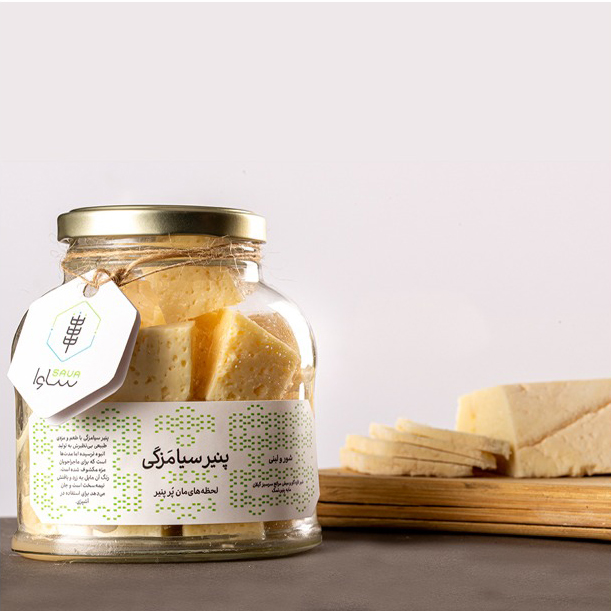
Siamazgi Cheese
A Tasty Welcome to Cheese Lovers
The fact that many people like cheeses earnestly could be the main reason why there are so many different variants of cheeses in the world. Some of them are local and some are internationally known. Siamazgi is one of local cheeses with every bit of passion.
Literally, Siamazgi means black mosque and the name of this cheese derives from a forest and mountain village in Gilan which might have 99 black mosques.
Siamazgi is a rich, flavorful and semi-hard cheese made from pasteurized goat and cow’s milk. Siamazgi is manufactured using traditional and local methods, ripened and stored in the skin of goat. Therefore, its unique aroma and texture could be attributed to the traditional process of production and the ripening period. It is typically available in the shape of a drum, providing a hint of sheepish flavor, and its color ranges from white to pale yellow. There are also smaller holes in the layer of cheese which we call them the “eye” of the cheese.
Like Cheddar, Siamazgi has a crumbly texture, sharp-tasting and natural flavor, dissolving in the mouth to give a full pleasant flavor.
If you get interested in Siamazgi , it’s good to know that it may be served sliced, cubed or melted. Whether you eat a slice on its own for your breakfast pairing with nuts, jam and bread, sprinkle it on pastas or serve grated over salads and frittata, it is always a delight.
If you love eating cheese and can’t resist adding it to your food, Sava highly recommend you Siamazgi.
[more-info]
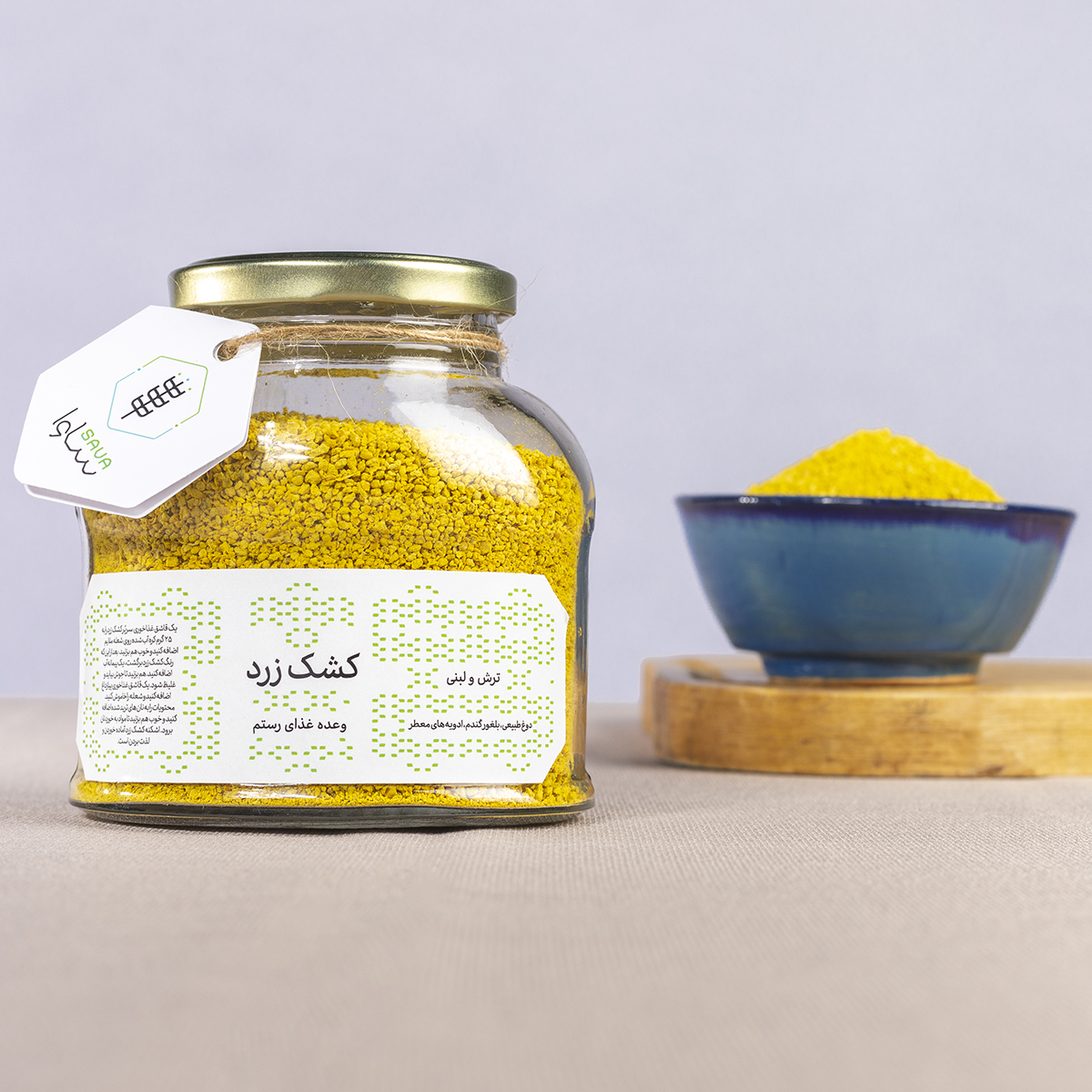
Kashk -e- Zard
Celebrate Your New Acquired Taste!
Kashk has been a significant ingredient in some Persian, Turkish, Mongolian, Central Asian’s cuisine. Typically, kashk is in a white thick liquid or dried form that may be unfamiliar to other people. However, there is another kind of kashk which can surprise you more.
Yellow Curd or “Kashk-e Zard” is a different form of grain-dairy fermented product, basically made and highly consumed in Sistan-Baluchistan province in Iran.
It is a fairly lengthy process to produce. The people of Sistan are artisan who make yellow curd from finely crushed wheat (bulgur) mixed with sour doogh and aromatic spices such as coriander seeds, turmeric, fennel, dill seeds, cumin, salt and pepper, and some garlic. In normal temperature and under direct supervision, this process usually takes from 7 to 10 days.
The final product is a yellow coarse powder can be used to thicken homemade dip, soups, stir frying vegetables, stews and Persian traditional simple dish called “Tileet” or “Terid”.
It may be an exotic taste for you. But if you fan of dairy and grains, then you have a good potential to get used to this surprising taste.
In fact, Sava’s yellow curd is an easy but nutritious and high in energy dish. The yellow curd tileet is like a flavorful broth, tossed with bite-size pieces of flat breads. The crumbled bread soaks up the diluted curd and absorbs all of its delicious flavor.
The ingredient is easy to prepare. So, it a great and ideal choice on busy weeknights or when hunger strikes. Make this hearty dish in just 5 minutes.
It uses just a few ingredients like Sava’s yellow curd, water, butter, caramelized onion and bread. The yellow curd dissolved gradually in butter and water make thin and runny. Then gently add caramelized onion to it and mix the bread finally. This dip-like palatable dish can be served in the bowl garnished with fresh mint leaves.
We have a fun theory here. Since Rostam, a Persian mythological hero in Shahnameh, represented as the mightiest of Iranian paladins, we humorously hypothesize that yellow curd tileet might had been his staple food, supplying a large portion of Rostam’s energy and strengths needs.
Let’s try it and celebrate the powerful new taste!
[more-info]
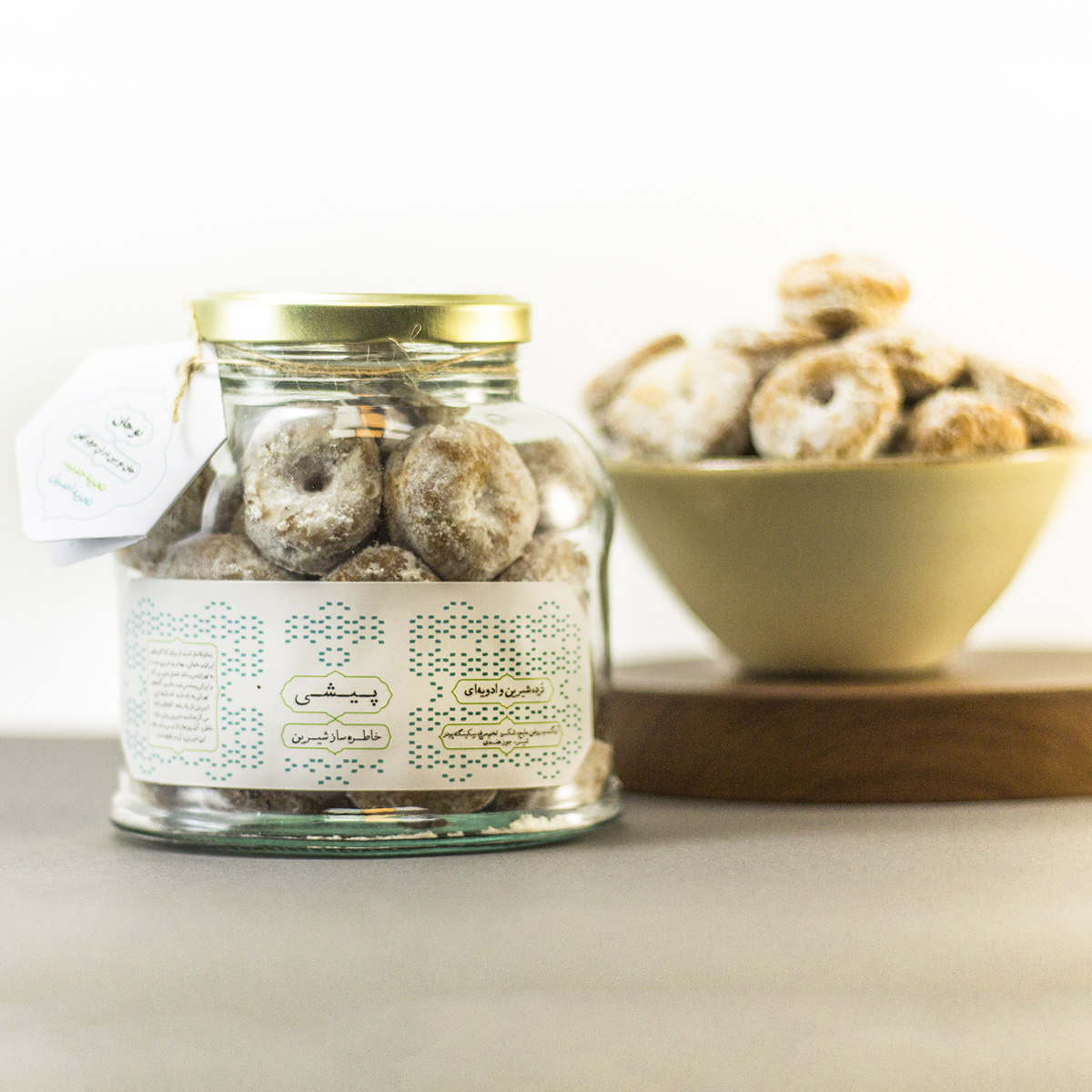
Pishi
The Journey of Happiness!
Pishi is a delicious heritage of Ottoman cuisine travelling to Iran during Qajar dynasty in 18th century. This traditional pastry came to Tehran and was engraved on their heart. Gradually, Tehrani people redefined it and made a small change to customize to their taste.
For a long time in Tehran, Pishi was the special sweet of Nowruz. Nowadays, Tehrani’s grandmothers say that until about 70 or 80 years ago, pishi reminded them of the happy days of Nowruz.
However, the Iranian home chefs continued to cook it for a limited time. As time goes by, the recipe didn’t pass down to the next generations and only good memories of it remain.
Recreating heirloom recipe
One of Sava’s mission is to recreate an heirloom recipe and make new generations to familiar with the treasured and delicious recipes. So, Sava has adapted it to suit your tastes and renovated pishi after 70 or 80 years.
Inspired by the original recipe, pishi is a crisp dry baked sweet with a delicate and chewy texture. when it goes into the mouth, it all tasted simply wonderful. Pishi has a small, round-shape covered by a light powdered sugar toppings. Its main ingredients are flour, sugar, and milk, which provide a robust and sweet flavor.
Worth to taste
Although eating alone is a pleasure, it also goes well with a cup of tea or coffee. Imagine an afternoon coffee or tea time, you have a tasty choice like pishi to impress yourself and your guest. what a joy! It is certainly the symbol of happiness.
Sava’s pishi keeps memories alive through tasting its deliciousness.
[more-info]
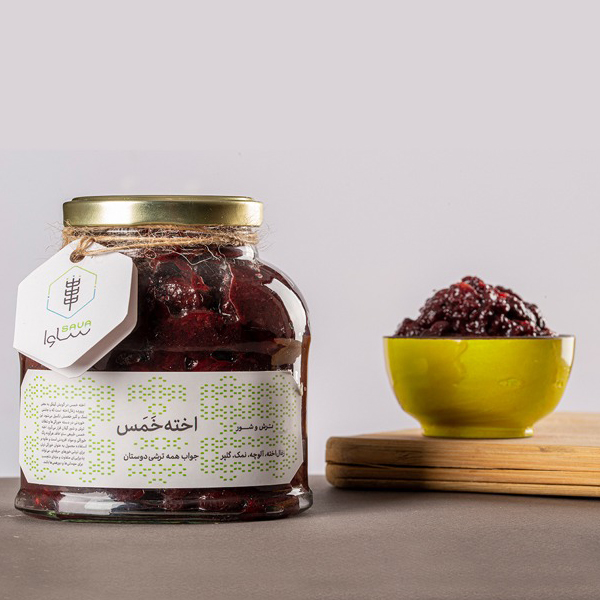
Akhteh Khamas
An Adventurous Sour Treat!
Sour-tasting foods can trigger our senses. When we see and smell them or even think about them, our brains subconsciously react. For example, take a quick look at cornelian cherry; it will be so tempting, isn’t it?
Sava brings you a wonderful sour treat called “Akhteh khamas”. It is a naturally fruity snack made by cornelian cherry with a bit of salt and Persian hogweed addition -that’s all! Imagine the sourness with the juiciness of the fresh fruits, then add a little zing of spice. Just amazing!
Sava’s akhteh khamas is so appetizing to you. This sour treat sends signals from your eyes to your brain and back to your tongue, telling to prepare to be eaten. It is made from pure, attractive glossy red and whole fruit, native to Alamut in Gazvin, without any artificial colors, additives or preservatives. In addition, during processing, the fruits haven’t lost their natural flavor.
[more-info]
Please fill in the required information to place your order.

